Join Our Senior Golfers Newsletter!
Sign up today and receive your free Golf After 60 Bonus Stretch Guide!
Senior golfers can continue to improve their game and enjoy their time on the course by implementing specific instruction techniques tailored to their age and physical abilities. In this comprehensive guide, we will explore various golf instruction techniques and provide practical tips to help senior golfers elevate their performance. From swing adjustments to course management strategies, these valuable insights and tried-and-true methods will empower senior golfers to enhance their skills, overcome challenges, and derive maximum enjoyment from the game they love.
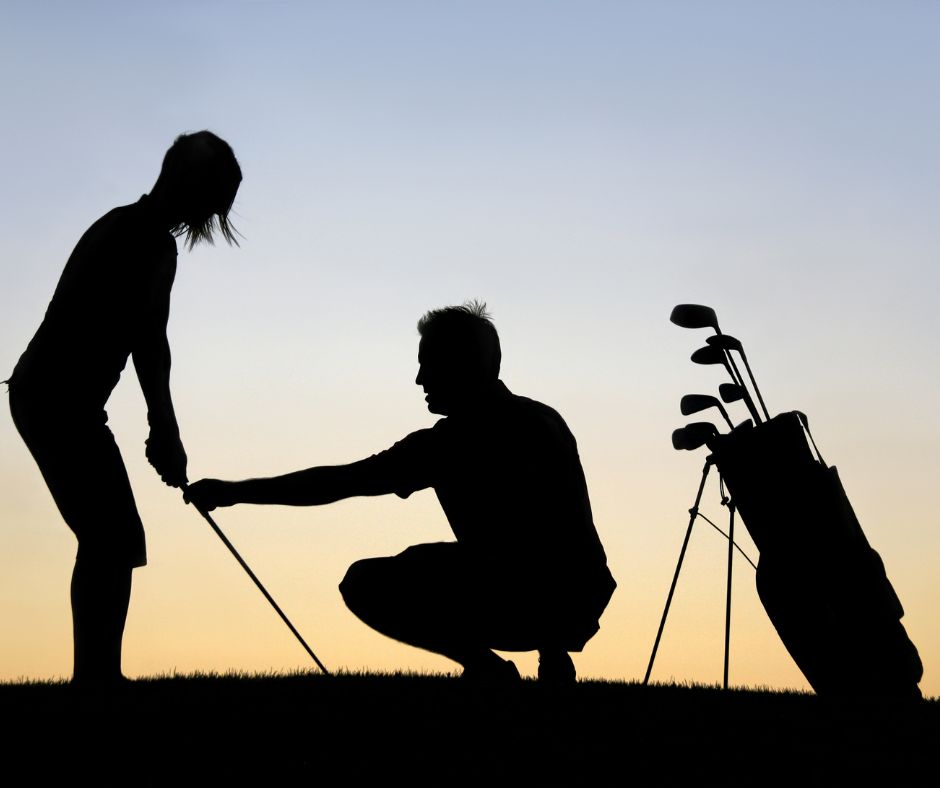
Techniques and Strategy for Senior Golfers
Before hitting the greens, it is crucial for senior golfers to perform a proper warm-up routine to prepare their bodies for the physical demands of the game. Incorporate dynamic stretches that focus on the shoulders, hips, and back to improve flexibility and mobility. Gentle aerobic exercises, such as brisk walking, can elevate the heart rate and increase blood flow to the muscles, further enhancing performance. A warm-up session not only helps prevent injuries but also primes the body for optimum swings on the course.
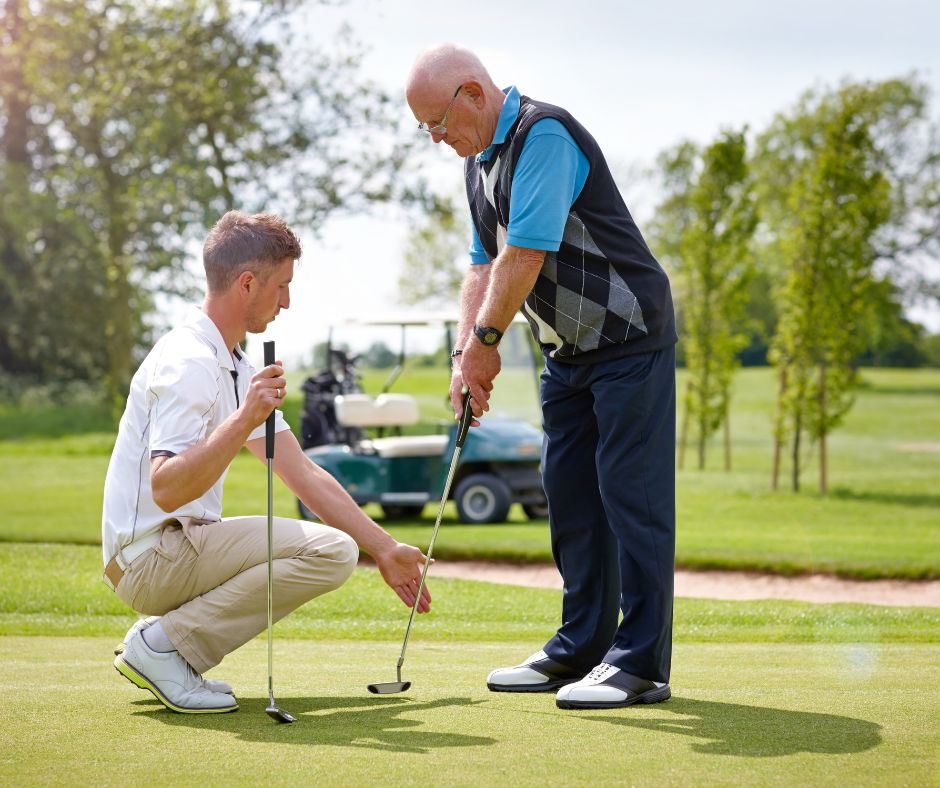
Proper Grip and Hand Position:
Ensuring a correct grip and hand position is crucial. Senior golfers might find it helpful to experiment with different grip sizes, considering golf clubs with larger or specialized grips that offer enhanced comfort and control.
The National Golf Foundation reported that approximately 21 million total lessons were given in the past year.

Club Selection:
Adapt your club selection based on your strengths and weaknesses. Utilize clubs that provide consistent distance and control, prioritizing accuracy over pure distance.
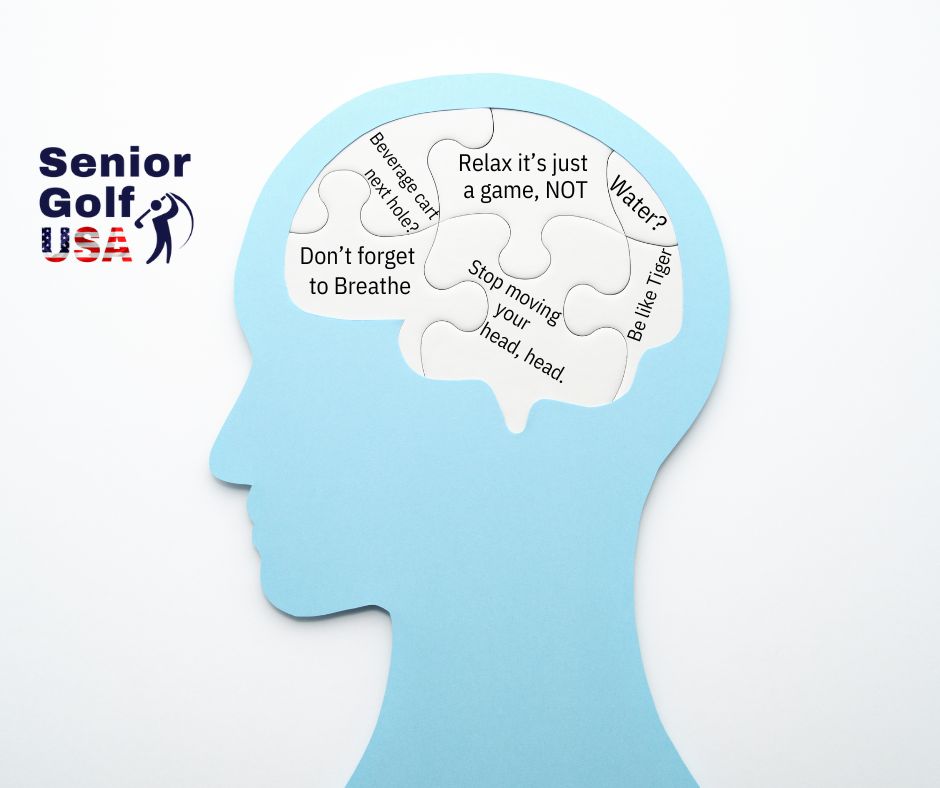
Here are some additional tips for senior golfers:
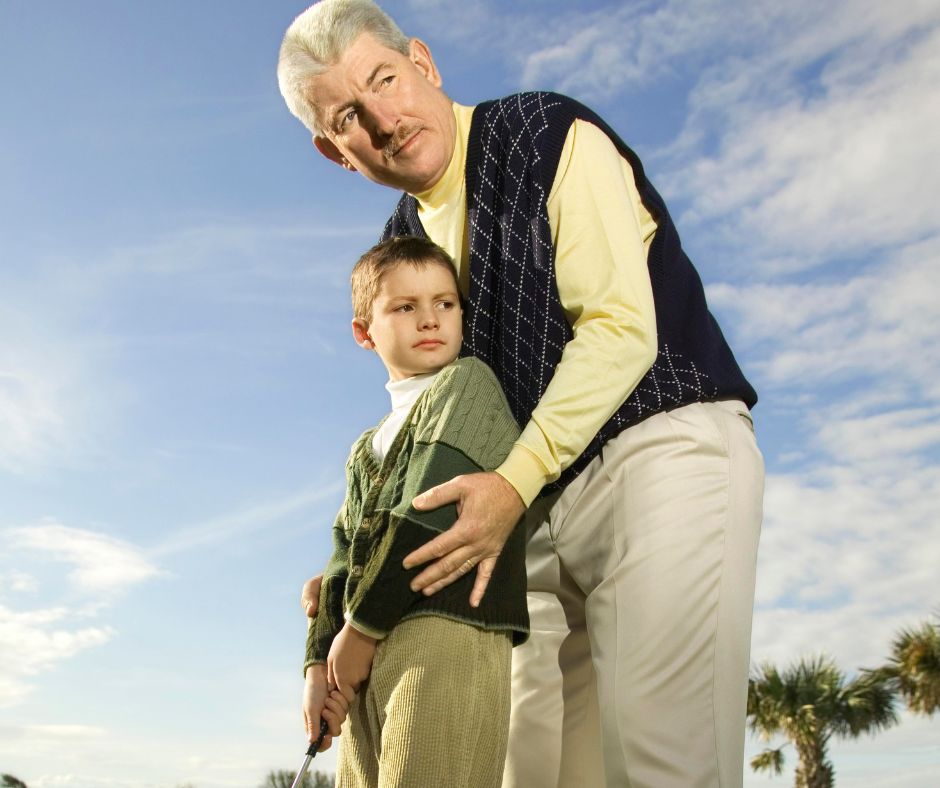
With the right golf instruction techniques and tips, senior golfers can continue to develop their skills, overcome physical limitations, and enjoy the game to the fullest. By implementing proper warm-up routines, making adjustments to the swing, employing effective course management strategies, and cultivating a strong mental game, senior golfers can enhance their performance and derive immense satisfaction from their time on the course. Embrace these techniques and practice regularly to improve accuracy, consistency, and overall enjoyment of the game, proving that age is no barrier to golfing excellence.
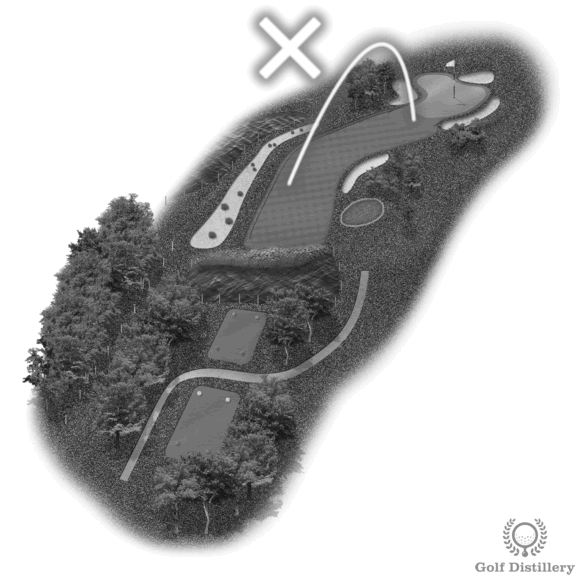
In golf underclubbing occurs when a golfer uses a club that produces a shot where the ball lands short of the target.
Every golf club has a specific loft and shaft length combination that sends the ball over a given distance. A golfer who is said to have underclubbed will have chosen a club that produces a shot distance that is smaller than the distance to the green – or the target. And because the ball will ultimately miss the target, coming to rest short, it is considered a golf shot error that should be avoided.
There are at least a few different ways that can lead a golfer to misjudge the club required for a shot and to underclub as a result. The following lists lie condition factors that can lead to these mistakes. The section following that one deals with golf shot errors that can produce a ball that lands short of the target.
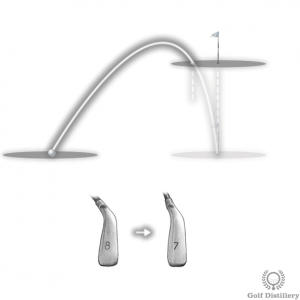
Underclubbing can come as a result of a variation in altitude between the green – or target – and the spot from where the ball is hit.
Specifically, it can happen whenever the green is located much higher than where the ball lies. Indeed, oftentimes the green can be located on grounds that are higher than the tee box or fairway leading up to it. This happens regularly in mountain courses but also elsewhere when golf architects have to deal with hills or other severe slopes.
Failure to adjust to these variations in altitude can lead to underclubing.
Quite simply, the simple fact that the ball won’t be in the air for as long – its flight interrupted by a green perched high – will result in the ball going short of its otherwise full normal distance.
Some situations will call for an adjustment of a full club while others will only require slight swing tweaks. Making the right judgment call will come with experience and is part of the journey of the golfer.

It is easy to forget to check for the wind factor ahead of every shot because of how complex golf already is otherwise. Yet the wind direction and how strongly it blows can definitely lead to club selection errors and to underclubbing issues.
A strong headwind can be sufficient to cost at least a full club’s distance. But a strong crosswind should also be noted and adjusted for as it too will restrict the distance the ball will travel.
Once again, experience will guide you into making the correct judgement call. But a good rule of thumb states that a wind speed that would cost a full club length when coming straight in should cost half a club when coming in sideways.

The length of the grass in the area where the ball is located will also impact how far a shot will go.
Golfers usually know the yardages that each club will produce from fairway-like lies, where the grass is cut short. However, position the ball into heavier and longer grass such as in the rough and you’ll produce a shot whose distance can be noticeably different.
A ball that is found in heavy rough or where the ball is buried in it will be prove trickier to hit over a full, normal distance. That is because the clubhead will be slowed down by the grass blades as it makes its way towards impact with the ball.
Doing so will help in reducing the number of grass blades that will slow the clubhead down as it progresses towards the ball.
In very tall grass such as in fescue, it might be impossible for amateurs to produce a shot whose distance comes anywhere close to what it should be. In those instances, it is often best to use a high lofted club such as a wedge in order to simply get out of trouble and back into the fairway, even at the cost of considerable distance.

Some balls are harder than others and generally speaking a softer ball will travel over a shorter distance than a harder ball will.
If you happen to lose a ball during a round or change it for whatever reason then you’ll need to make sure it is of the same type as the one you normally use. Swapping a golf type for another after finding it in the woods can lead to underclubbed shots if it is not of the same type.
Or if you do, account for the difference when selecting your clubs.

Finally, how cold it is outside can also have an impact on how far the ball will travel. Indeed, a ball will travel over a shorter distance in a colder environment than it will in a hotter one.
These changes can occur over the seasons with balls failing to go their full distances in the colder months but it can also happen during a single round when dramatic temperature swings occur.




